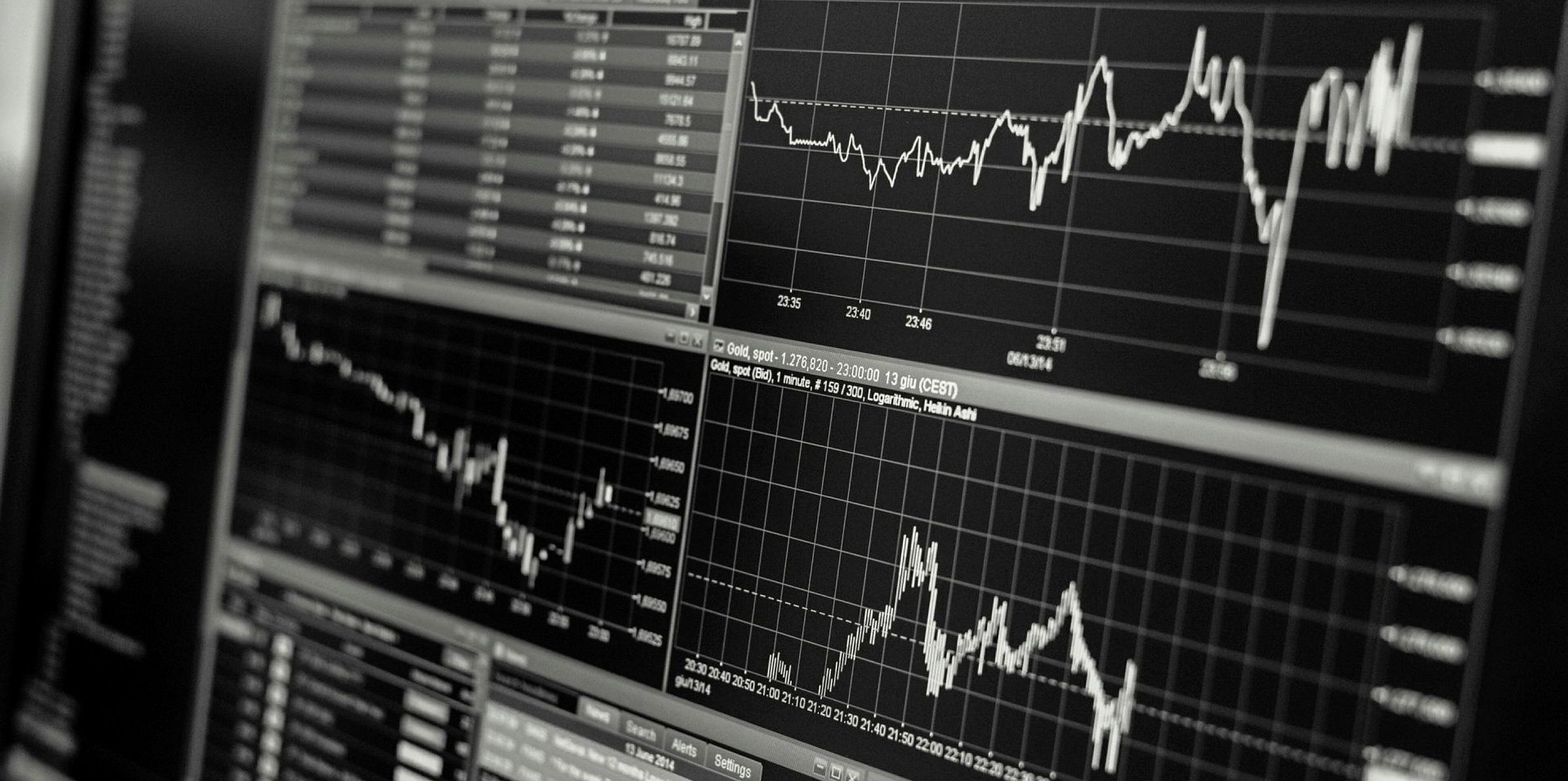Often sensitive to geopolitical events, the VLCC segment has drawn the most attention from investors in the tanker spectrum.
In large part, this is because earnings of those supertankers can be highly volatile —shipowners can achieve much of their targeted investment returns within a few weeks when freight rates skyrocket.
Digging into the archive after VLCC rates briefly topped $300,000 per day, TradeWinds has found that while geopolitical tension can turbocharge tanker bullrun, fundamental factors such as fleet growth and oil demand can often determine the timings of upcycles.
Below are the notable spikes in VLCC earnings since 2000.
October to December 2004
The winter of 2004 saw the first great spike in VLCC earnings this century. Data from Clarksons showed earnings were above $100,000 per day from early October to Christmas, even breaching the $200,000 mark for three weeks in November.
The market was so tight that Sinopec had to take “a pretty old ship” at Worldscale (WS) 350 on 10 November, according to maritime economist Martin Stopford. The VLCC Bright Jewel (built 1986) was booked for a voyage from the Middle East Gulf to China.
Market participants at the time suggested the spike was driven by supply-demand fundamentals. Smith Barney analyst John Kartson described it as a “tanker party” of record numbers of daily hires and fattening stock values.
On the supply side, the VLCC fleet experienced a decade of negligible growth before expanding by 4.8% in 2004, according to Clarksons. As for demand, global seaborne crude trade grew by 8.31% in 2003 and 5.12% in 2004.
The main driver was China, which had entered the World Trade Organization in 2001 and has enjoyed rapid growth in its manufacturing sector since then. According to DVB, 151 spot fixtures were destined for the oil-thirsty nation in the first 10 months of 2004, compared with 115 during the same period of 2003.
Frontline reported net profits of more than $498m for the fourth quarter of 2004. the tanker giant said at the time that it was “the best quarterly results ever recorded by the company”.
December 2007
It was a short, fierce spike in VLCC earnings that Clarksons described as a “huge end-of-year bonus” from Father Christmas. Average spot earnings rose above $200,000 per day for three consecutive weeks in December from well below $50,000 per day in mid-November.
The rally was driven by a 500,000-barrel-per-day (bpd) production increase of Opec, according to Clarksons. This, coupled with a temporary shortage of VLCCs in the Middle East Gulf due to vessel positioning, pushed up earnings in volatile trade in December and early January.
In mid-December, PTT chartered Kuwait Oil Tanker Co’s 317,000–dwt Al Jabriyah II (built 2007) for a spot voyage to Thailand at between WS 312.5 and WS 315. This was equivalent to $278,000 per day on a time-charter equivalent basis, one of the highest on record.
May to July 2008
In the last hurrah of the 2008 commodity bubble, the oil price rose to an all-time high of about $146 per barrel before collapsing. VLCC owners were largely riding along.
Clarksons data showed VLCC earnings stayed above $100,000 per day for 15 consecutive weeks between late April and early August. In seven of them, earnings were above $150,000 per day.
Market players suggested the supply-demand fundamentals were relatively tight, with Clarksons assessed the fleet growth at merely 2.2% in 2008. China’s crude imports grew 11.6% to 14.4m tonnes in the same year.
Still, the timing of rate spike was unusual — all other great spikes this century occurred in the fourth quarter, when seasonal oil demand is strong. Other than the oil price, some said the decision by the National Iranian Tanker Co to take out at least 14 VLCCs from trading for floating storage triggered the leap.
The bullish forward freight agreement market, which saw lots of hot cash during the bubble, was also cited as a reason for the rates rally.
October 2019
Having been lacklustre for much of the year, VLCC earnings reached $50,000 per day at the end of September. Then, earnings increased to $85,575 per day on 4 October before suddenly surging to $307,888 per day on 11 October — the highest reading on Clarksons' record.
The surge came almost out of the blue for many players. Some described this as the result of “a perfect storm” of multiple geopolitical events, seasonal demand and IMO 2020 coming together.
On 25 September, the US put Cosco Shipping Tanker (Dalian) Co on the sanctions list for allegedly shipping Iranian oil. This has removed at least 26 VLCCs from international trading.
In early October, major charterers including Unipec and ExxonMobil began to explicitly shun tankers that visited Venezuela in recent months, creating tonnage imbalances across the globe. Some lawyers suggested those were precautionary measures as Washington ramped up sanctions on the Nicolas Maduro-led regime.
Late last week, National Iranian Tanker Co’s 160,000-dwt suezmax Sabiti (built 1999) was attacked off Jeddah. This has led to heightened geopolitical tension in the Middle East and boosted sentiment among owners further.
All of the incidents have occurred at a time when refineries are increasing crude imports for seasonal demand and producing IMO 2020-compliant fuels. The International Energy Agency has predicted global crude runs to rise to 83.5m barrels of oil per day in the fourth quarter from 82.9m bpd in the third quarter.




